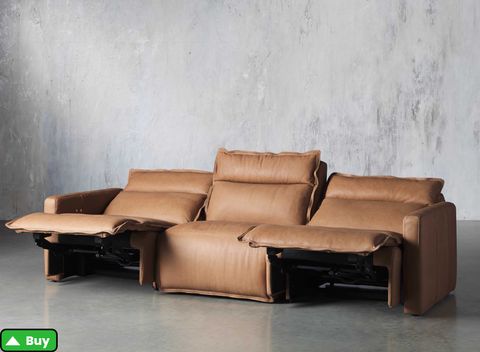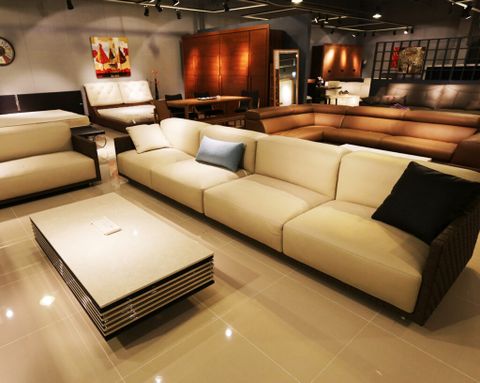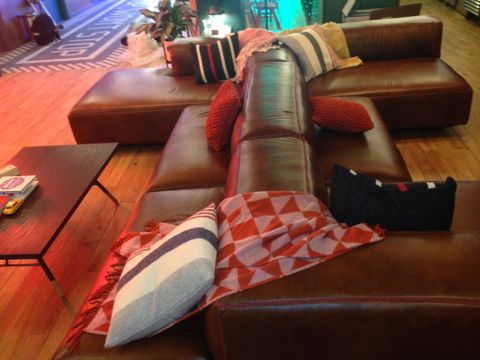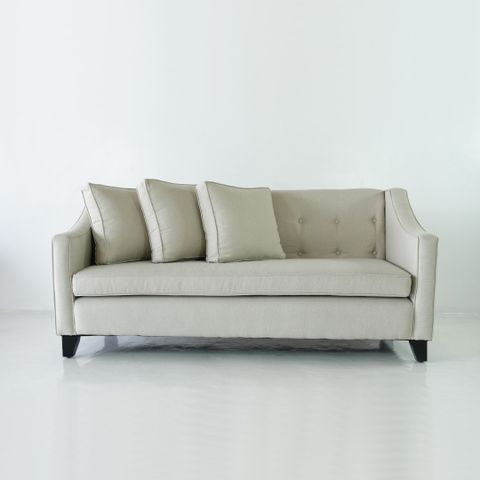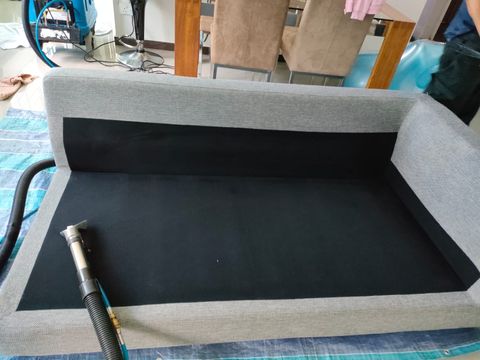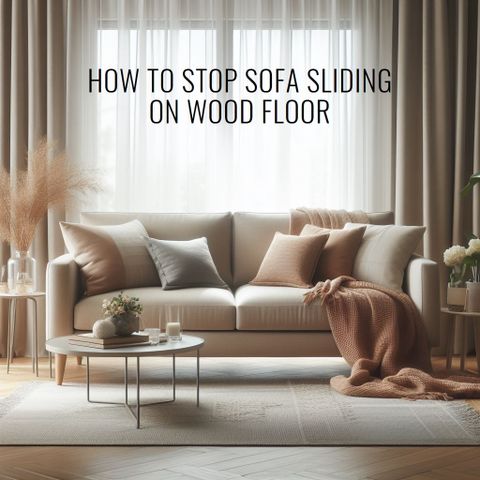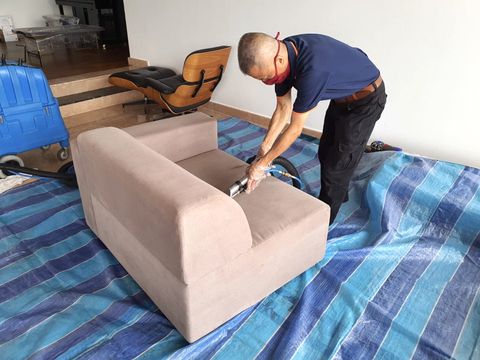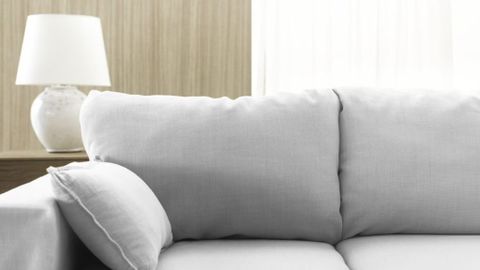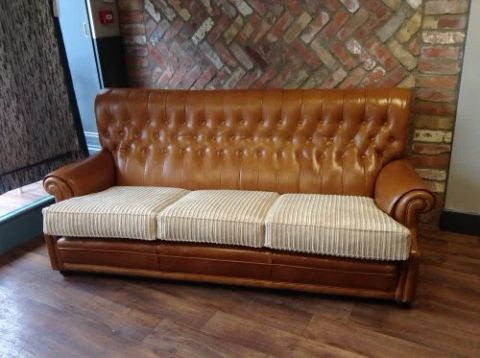Ever plop down on a brand-new sofa, sighing with contentment, and wonder how it got this good? It’s not just about the fluffy pillows, you know. The journey of sofa comfort is a fascinating tale, woven through centuries of human ingenuity, changing lifestyles, and some rather surprising material innovations. We’re going to pull back the fabric on that story, revealing how the very idea of ‘comfortable seating’ has evolved, and what that means for the piece of furniture you just brought home, or are dreaming of bringing home.
For most of human history, ‘comfort’ meant not sitting directly on the cold, hard ground. Early forms of seating were pretty basic – a log, a stone, maybe a rough stool. True upholstered furniture, designed for leisure and relaxation, is a relatively recent invention, perhaps only a few hundred years old in the grand scheme of things. And even then, it was a far cry from the plush, supportive havens we enjoy today. This article will take you on a little trip, exploring the key milestones in the evolution of sofa comfort, showing how each era added its own layer of luxury and, well, ‘sink-in-ability’.
The Early Days: Hardwood and Humble Beginnings
Imagine a sofa from the 17th or 18th century. Chances are, it wasn’t what you’d call ‘squishy’. These early pieces, often called ‘settee’ or ‘daybeds,’ were primarily built from sturdy hardwoods like oak or walnut. Comfort was an afterthought, provided by loose cushions or padded seats that were more about keeping your bottom from getting sore than truly embracing you. The focus was on intricate carvings and fine joinery, showing off the craftsman’s skill and the owner’s wealth. Think more ‘display piece’ and less ‘Netflix binge spot’. The upholstery, if present, was often horsehair or straw, sometimes even wool, packed tightly and covered in expensive fabrics. It offered some give, yes, but nothing like the yielding embrace we expect today. It was a status symbol, not a lazy Sunday companion.
The Victorian Era: Springs and the Dawn of True Softness
Ah, the Victorians! They loved their opulence and, thankfully, they also loved their comfort. This period, roughly the mid-19th century, saw a revolutionary invention that changed sofa comfort forever: the coiled spring. Before this, padding would inevitably compress and flatten. But with springs, upholstery could regain its shape, offering a much more resilient and plush feel. Suddenly, sofas weren’t just padded; they were bouncy! This innovation allowed for deeper seats and backs, inviting people to truly recline. Horsehair was still a popular filling, but it was now supported by these amazing springs, creating a much more luxurious experience. This was a game-changer, making sofas genuinely comfortable for the first time, not just ‘less uncomfortable’.
The 20th Century: Foam, Fibers, and the Mass-Market Comfort Revolution
The 20th century brought a burst of new materials and manufacturing techniques. The introduction of synthetic foams, like polyurethane foam, in the mid-29th century was another seismic shift. These foams could be molded into various densities and shapes, offering consistent support and durability that natural fillings couldn’t match. No more lumpy horsehair! Along with foam, synthetic fibers like polyester and nylon became prevalent in upholstery fabrics, making them more durable, stain-resistant, and affordable. This era saw comfort become accessible to the masses, not just the wealthy. Suddenly, a comfy sofa wasn’t a luxury; it was an expectation in every home. Think about your grandmother’s couch – likely foam-filled, substantial, and built to last.
Modern Day Marvels: Memory Foam, Down Blends, and Ergonomic Design
Fast forward to today, and the options are mind-boggling. We’ve taken the lessons from centuries past and combined them with advanced materials. Memory foam, once reserved for mattresses, now finds its way into sofa cushions, contouring to your body for personalized support. Down and feather blends, often mixed with foam or synthetic fibers, offer that luxurious, ‘sink-in’ feeling without the constant fluffing pure down requires. And it’s not just about what’s inside the cushions. Ergonomic design plays a huge role. Manufacturers now consider lumbar support, seat depth, and backrest angles to ensure optimal posture and relaxation. Modular designs allow for customizable configurations, adapting to various living spaces and preferences. It’s a symphony of materials and design, all working to create the perfect lounging experience.
What This Means for Your New Sofa: A Buyer’s Guide to Modern Comfort
So, when you’re looking at a new sofa, all this history comes into play. You’re not just buying a piece of furniture; you’re investing in centuries of comfort evolution. Here’s what to look for:
- Cushion Fillings: Understand the difference between high-resiliency foam (firm and supportive), memory foam (conforming), feather/down blends (soft and luxurious, but need fluffing), and fiberfill (soft, but can flatten).
- Spring Systems: Sinuous springs (zigzag) are common and durable. Eight-way hand-tied springs are the gold standard for high-end sofas, offering superior support and longevity, though they cost more.
- Frame Construction: A solid hardwood frame (kiln-dried, ideally) is crucial for durability and preventing squeaks and wobbles. Particleboard or softwoods won’t last.
- Fabric Choices: Consider durability, cleanability, and feel. Performance fabrics offer stain resistance, while natural fibers like linen or cotton breathe well. Don’t forget that touch is a huge part of comfort.
- Ergonomics: Sit in it! Does it support your lower back? Is the seat depth right for your legs? Can you easily get up? These details make a huge difference in long-term satisfaction.
The Future of Sofa Comfort: Smart Materials and Personalized Lounging
What’s next for sofa comfort? Imagine ‘smart’ sofas that adjust firmness based on your preference or even your posture. Materials that actively regulate temperature, keeping you cool in summer and warm in winter. Self-cleaning fabrics, perhaps. The trend is moving towards even greater personalization and integration with technology. Think about modular systems that can reconfigure themselves with a touch of a button, or cushions that offer therapeutic massage. The core goal, however, will remain the same: creating the ultimate haven of relaxation in our homes. The journey from a hard bench to a cloud-like chaise lounge is far from over, and that’s a pretty exciting thought.
From simple wooden benches to the plush, technologically advanced seating systems of today, the evolution of sofa comfort is a vivid illustration of how human ingenuity continually strives to meet our fundamental need for rest and relaxation. Your new sofa isn’t just a collection of wood, springs, and fabric; it’s a culmination of centuries of innovation, a silent testament to our collective quest for a more comfortable life. So, next time you settle in, take a moment to appreciate the incredible journey that led to that perfect ‘ahhh’ moment. It’s truly a marvel of design and engineering, constantly adapting to how we live, how we rest, and how we – quite literally – embrace comfort.

